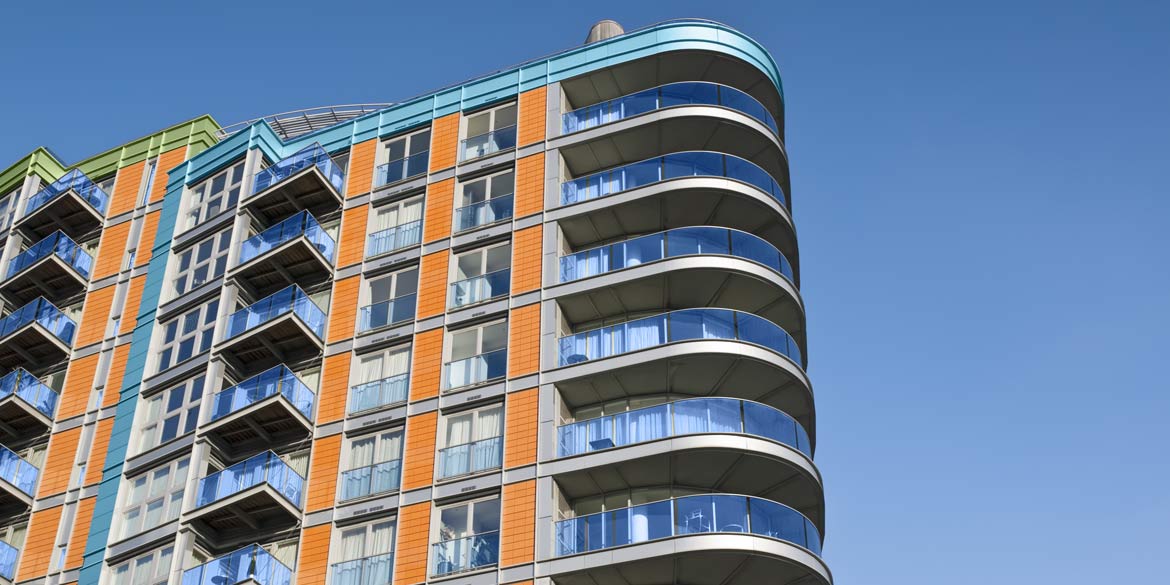
The Leasehold Reform, Housing and Urban Development Act 1993 gives leaseholders (also known as the tenants), the right to join forces to buy the freehold of their building. The right to enfranchise is dependent on the number of qualifying and participating leaseholders and certain criteria must be met in order to apply. Read our ‘What is collective enfranchisement and do I qualify‘ article to see what these are.
Organising collective enfranchisement can be a complex process, so it’s important you receive professional advice and understand your rights. To help you gain a better understanding, we’ve answered some of the most frequently asked questions below and outlined the process here.
Collective enfranchisement gives leaseholders (also known as the ‘tenants’) a legal right to join together to buy the freehold of their building. This is enabled by The Leasehold Reform, Housing and Urban Development Act 1993. Once acquired, the leaseholders will own the freehold, typically each owning one share.
Buying the freehold gives the leaseholder control over their building. They can appoint their own managing agents, or manage the property themselves. There is also peace of mind in being part of a tenant-owned building, and this is usually a good selling point for buyers. It provides leaseholders some form of control over the block, which can be appealing.
The right to enfranchise is dependent on the number of qualifying and participating leaseholders. In order to apply for collective enfranchisement:
The price will depend on several variables such as:
You will need a Chartered Surveyor to carry out a valuation of your property and determine the premium payable, and a specialist solicitor to deal with the legal issues. Other costs to factor in include:
Although there is no legal requirement to do so, we would always recommend this unless the block has fewer than four participants. This is because only four names can be registered at the Land Registry as the freeholder. To avoid disputes over who becomes a trustee or beneficiary, forming a company means that all participating individuals can become shareholders or members
On average, the process could take between six to twelve months, but this could be longer if an agreement cannot be met between you and freeholder. You will need about two to three months to obtain legal advice and a valuation, report back to the other residents, and then organise yourselves to be in a position to go forward with the claim. If the freeholder is prepared to co-operate, then the claim can be concluded quickly – usually within three months of the Counter Notice being served.
Leaseholders who want more control over their block have two options. One option is to buy the freehold – but under the Commonhold and Leasehold Reform Act 2002, most leaseholders can also apply with other leaseholders for the ‘right to manage’ their building. This enables the leaseholder to manage the block themselves, or appoint a managing agent on their behalf. The benefit of this compared to collective enfranchisement is the cost; the main costs are professional fees. However, the right to manage does not give you control of the freehold, nor does it grant you lease extensions with further premiums payable to the freeholder.
The leaseholder of a house only has the right to enfranchise if certain qualifications are met. These include: